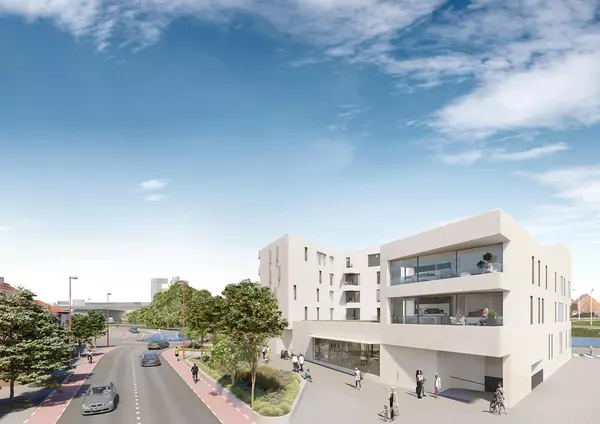Powhatan changes zoning rules to discourage solar farms on agricultural land

The Scott Solar facility in Powhatan is among several solar projects that are operational or still in the works. (Courtesy Dominion Energy)
The prospects for solar energy projects have gotten dimmer in Powhatan.
The county’s Board of Supervisors last month approved an amendment to its zoning ordinance that eliminated solar farms as a conditional use on agriculturally zoned land.
The change applies to land zoned in two agricultural designations, including Agriculture (A-10), which covers most of the largely rural, 260-square-mile county. The move means it is now impossible to get county approval to build new solar farms on land with those designations.
Also new is that solar energy facilities are now a conditional use in the county’s Light Industrial (I-1) districts, whereas before they were only an accessory use. That change effectively expands the potential scope of solar projects in I-1 area, and means that such developments can now be situated on those properties. Solar facilities remain a conditional use in Heavy Industrial (I-2) zoning districts in Powhatan.
A staff memo included in the board’s agenda materials at its July 22 meeting supported the removal of solar as a conditional use as a means to preserve the county’s rural areas and drive such development to industrially zoned properties. The changes come at a time when several solar facilities are either currently operational or in the works within Powhatan.
“The county has made significant progress in bringing renewable energy to Powhatan on A-10 zoned land. Removing the use ‘solar energy farm’ as a conditional use in this prime agricultural district will insure potential future solar development will take place on more suitable areas, namely industrially zoned land,” the memo read. “This change will assure residents of the county’s commitment to protecting valuable farmland while supporting renewable energy sources.”
It’s still possible to rezone agricultural land to a new designation in order to allow a solar project in Powhatan, though the rezoning process is arguably more involved than a conditional-use permit approval.
Both a rezoning and a conditional-use permit require public notices and case-by-case reviews by the Planning Commission and Board of Supervisors, which hold public hearings prior to the votes. But they vary in some ways, and the county’s conditional-use permit process is typically a less involved process for developers, Powhatan Planning Director Ligon Webb said in an interview with BizSense.
Rezonings generally require developers to pay higher application fees than they would for a CUP. Rezoning proposals that would increase the density of the subject property require applicants to hold at least one community meeting prior to the Planning Commission’s consideration of the request, whereas CUP requests do not require a community meeting, according to the county’s applications for each zoning request.
Webb noted that officials can impose development conditions on a CUP applicant, while in a rezoning request the applicant can offer proffers for the county’s consideration.
“One process gives the governing body the ability to impose reasonable conditions, the other is more of a negotiation,” he said.
Powhatan’s move to eliminate solar as a conditional use in agricultural areas comes after a handful of solar projects have been established in the county. All seven of the “utility-grade” projects in Powhatan that are operational or in the works have sought CUPs and are located on agricultural (A-10) land, Webb said.
There were four completed solar facilities, two under construction and one still in review in the county as of late July, per a project list provided by Webb. He said that once all the projects were up and running, Powhatan would be home to a total of about 150 megawatts of solar energy facilities.
Of the completed projects, three of them comprise Dominion Energy’s Scott Solar facility, a 34-megawatt facility on 413 acres at 4325 Old Buckingham Road. The county considers the plant to be two separate projects (Scott Solar I and Scott Solar II). The 12-megawatt battery storage facility on the same site is also considered a separate project.
The ordinance changes were approved unanimously by the board at its July 22 meeting. There was no public discussion on the matter.
Agenda materials for that same meeting didn’t reference the addition of solar facilities as a conditional use in Light Industrial areas, though that change was also approved by the board that day.
The post Powhatan changes zoning rules to discourage solar farms on agricultural land appeared first on Richmond BizSense.
Recent Posts
GET MORE INFORMATION

Agent | License ID: 0225209440






